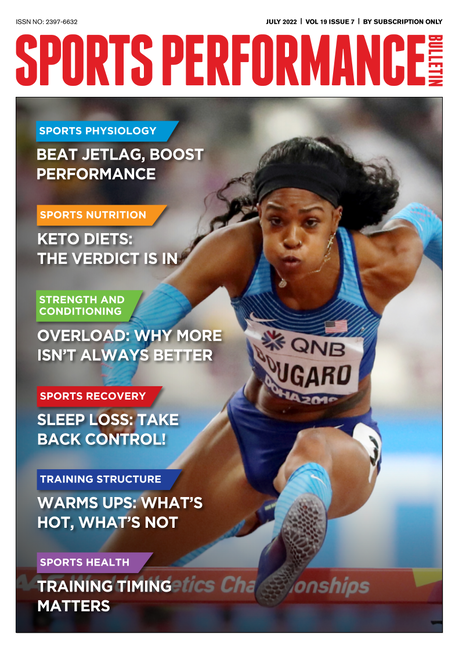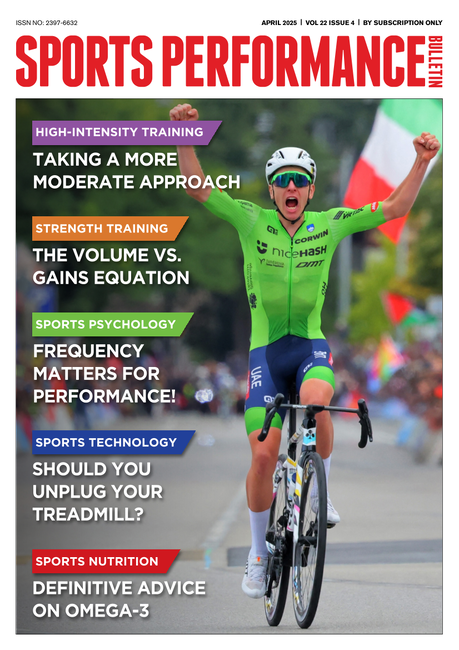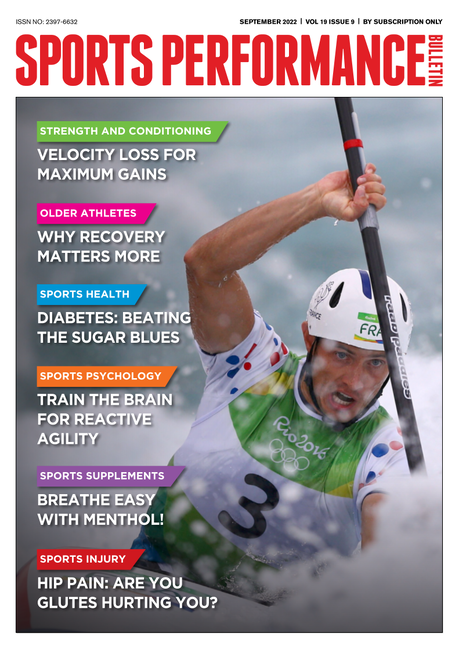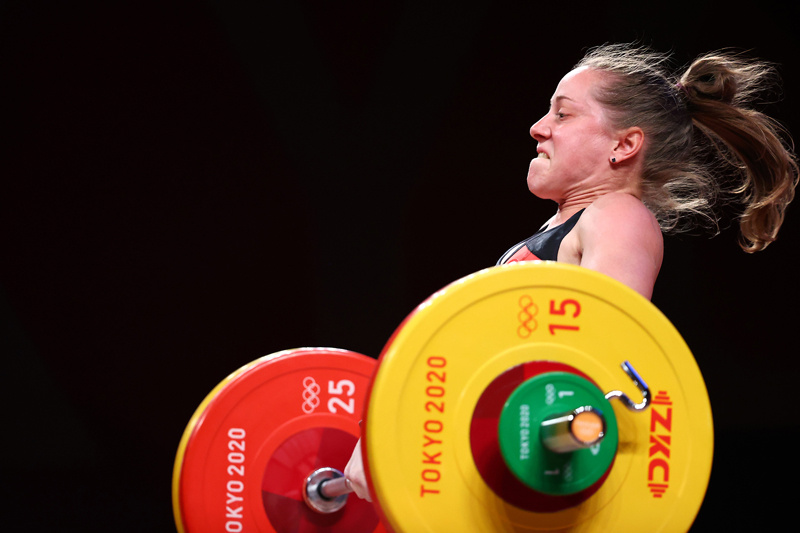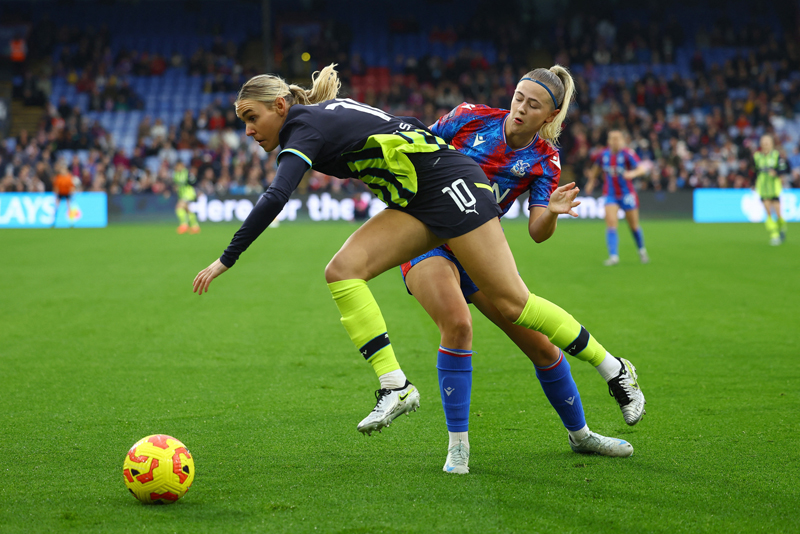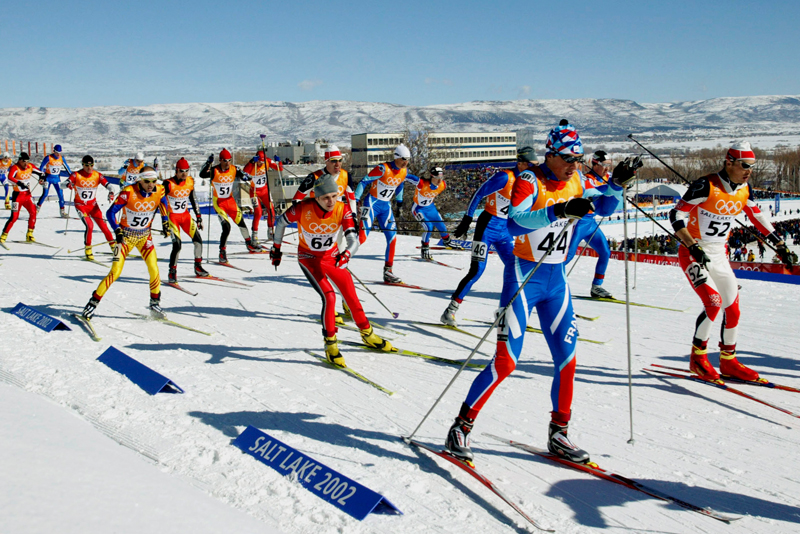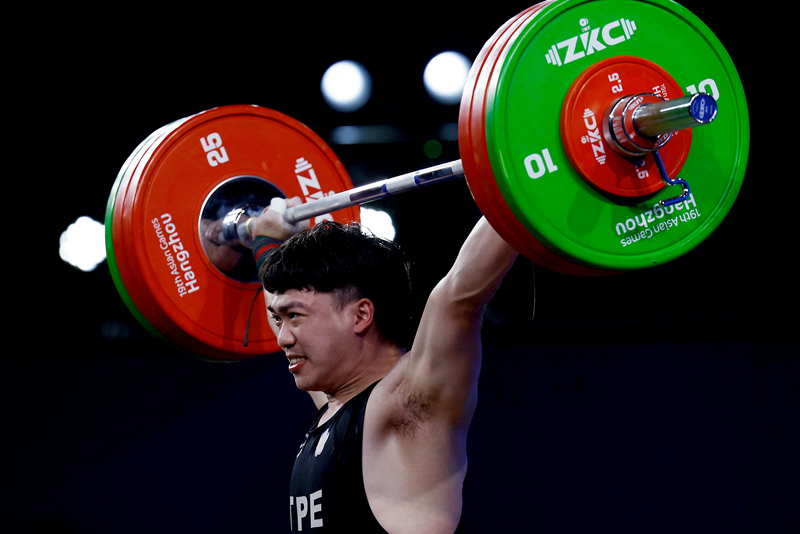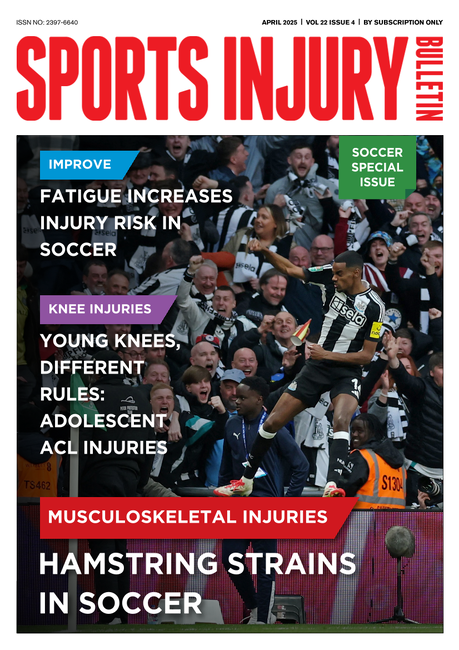Interval training HIIT parade: 10-10s vs. 15-15s
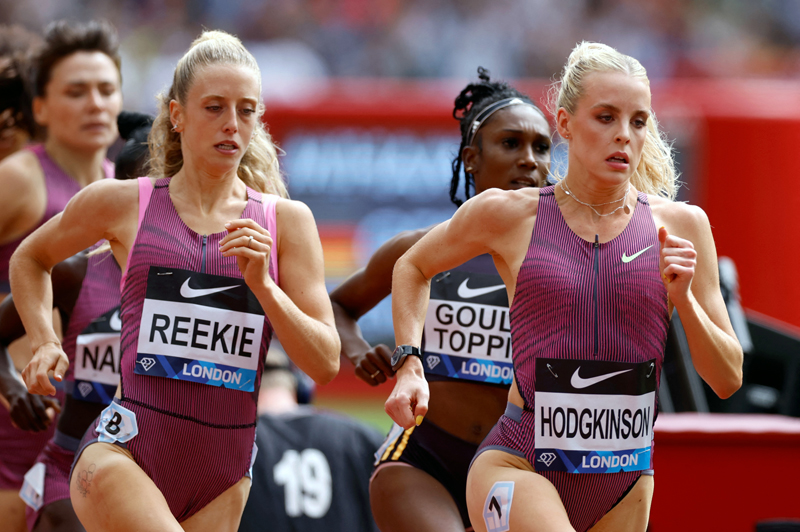
The topic of interval training to develop higher levels of fitness has been extensively covered in many previous SPB articles – and for good reason; excellent empirical evidence from dozens of high-quality studies have demonstrated that a wide variety of interval training protocols (ie varying interval durations and intensities) are effective for enhancing the efficiency of both the aerobic and anaerobic energy producing systems in the muscles(1).
From long to short
Originally developed for endurance athletes and popularized in the 1950s by the Olympic champion, Emil Zatopek, interval sessions were typically modelled around intervals lasting from 2-10 minutes, which suited the aerobic energy demands of runner whose events spanned 10km to marathon distances. Over the years and decades however, evidence merged that intervals using much shorter efforts can deliver very significant benefits for not only endurance athletes competing over long distances, but also for a wide range of other athletes competing in different sports where shorter, more intense burst of activity are required.
The landmark study in this respect was carried out by a Japanese professor called Izumi Tabata of the National Institute of Fitness and Sports in Kanoya, Japan in 1997(2). Tabata designed a scientific study that compared the fitness outcomes of speed skaters who trained using one of two protocols:
· One hour of steady-state, moderate-intensity (70% of maximum oxygen uptake - VO2 max) endurance training on a stationary bicycle for five days each week.
· A 4-minute period of eight intervals with a 2:1 ratio between work and rest (ie 8 sets of 20 seconds of work followed by 10 seconds of rest). During the work phase, intensity was kept very high at 170% of VO2 max (ie at an intensity well in excess of what the athletes could have sustained over a longer period - with pedalling speeds at 90 rpm).
The results showed that (perhaps unsurprisingly), the Tabata intervals resulted in improvements to the athletes’ anaerobic capacity whereas the steady-state trained athletes made no such gains. However, the Tabata-trained athletes also made substantial gains in maximum oxygen uptake (VO2 max), indicating that the very short, high-intensity protocol had actually been able to boost aerobic endurance as well as anaerobic performance, equalling the gains achieved by the steady state group!
The benefits of going short
Following Tabata’s work, the interest in shorter-length intervals at high intensity (also known as high-intensity interval training or HIIT) mushroomed. Subsequent research established that the inclusion of high-intensity intervals in a training program has been unequivocally found to produce greater fitness gains than just adding in extra steady-state aerobic training(3). Indeed, numerous studies with athletes from a wide range of sports have revealed that high-intensity interval training (abbreviated as HIIT from this point onwards) can produce a range of significant physiological and performance improvements. These include(4,5):
· Lower submaximal heart rates for a given submaximal work rate.
· Higher maximum oxygen uptake capacity (VO2max).
· Better repeated sprint ability.
· Improved jumping performance.
HIIT in soccer
Like many team sports, soccer demands high levels of both aerobic and anaerobic fitness. In particular, anaerobic fitness is needed to sustain the ability to perform repeated high-speed sprints during a match, which research shows is a key determinant for success and what separates elite players from those who are merely good(6,7)! Unsurprisingly therefore, the use of HIIT as a training tool for soccer players has become very popular among soccer coaches.
Incorporating HIIT sessions in soccer players’ training programs is backed by robust and recent evidence since the use of various HIIT formats to improve aerobic and anaerobic fitness in soccer has been demonstrated to be a time-efficient method of improving endurance - importantly leaving more time for training the all-important sport-specific skills(8,9). But what kind of HIIT sessions might work best for soccer performance? From the evidence published to date, we can conclude that HIIT using effort lengths ranging from 10-60 seconds can improve both aerobic and anaerobic capacities in players(10,11). Moreover, these kinds of interval sessions have also been shown to enhance game performance, such as distance covered at high speed, number of sprints and ball involvements(12,13).
Balancing fatigue, time and benefits
Unlike sports such as distance running, cycling, and to a lesser extent swimming, team sportsmen and women such as soccer players have to spend a considerable proportion of their training time developing and practicing skills. Therefore, fitness training routines needs to be time efficient (ie deliver good gains per unit of time invested) and also not too fatiguing - since practicing skill acquisition in a fatigued state is known to be more challenging compared to a fresh and rested state(14). And as mentioned above, there’s also a need to develop anaerobic power and sprinting ability.
For this reason, many coaches opt to use sprint interval sessions up to 20 seconds’ duration, which because of their intensity, are efficient at developing speed and power in addition to aerobic benefits, and without excessive fatigue(15). But within this span of short durations, is there an optimal interval duration, and if so, what kind of rest length in between each effort is recommended? While there’s no one formula that will work for all, some new research on this topic provides a valuable insight.
You need to be logged in to continue reading.
Please register for limited access or take a 30-day risk-free trial of Sports Performance Bulletin to experience the full benefits of a subscription.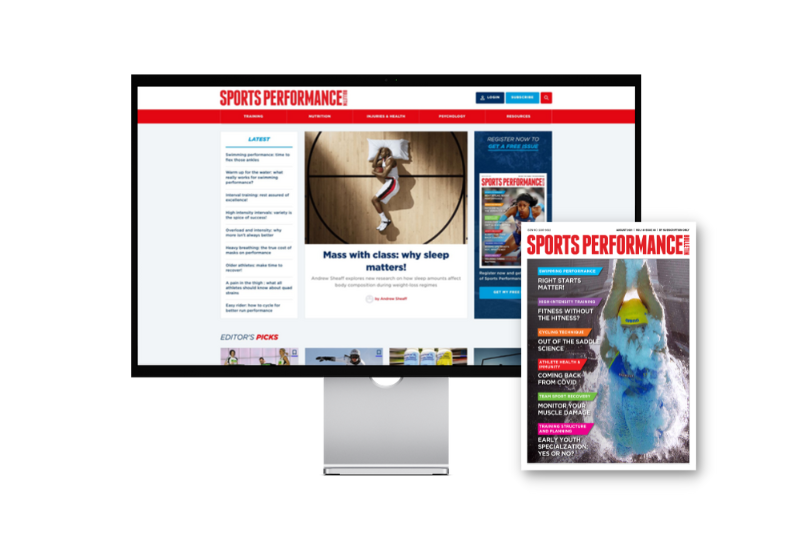 TAKE A RISK-FREE TRIAL
TAKE A RISK-FREE TRIAL
Newsletter Sign Up
Testimonials
Dr. Alexandra Fandetti-Robin, Back & Body Chiropractic
Elspeth Cowell MSCh DpodM SRCh HCPC reg
William Hunter, Nuffield Health
Newsletter Sign Up
Coaches Testimonials
Dr. Alexandra Fandetti-Robin, Back & Body Chiropractic
Elspeth Cowell MSCh DpodM SRCh HCPC reg
William Hunter, Nuffield Health
Keep up with latest sports science research and apply it to maximize performance
Today you have the chance to join a group of athletes, and sports coaches/trainers who all have something special in common...
They use the latest research to improve performance for themselves and their clients - both athletes and sports teams - with help from global specialists in the fields of sports science, sports medicine and sports psychology.
They do this by reading Sports Performance Bulletin, an easy-to-digest but serious-minded journal dedicated to high performance sports. SPB offers a wealth of information and insight into the latest research, in an easily-accessible and understood format, along with a wealth of practical recommendations.
*includes 3 coaching manuals
Get Inspired
All the latest techniques and approaches
Sports Performance Bulletin helps dedicated endurance athletes improve their performance. Sense-checking the latest sports science research, and sourcing evidence and case studies to support findings, Sports Performance Bulletin turns proven insights into easily digestible practical advice. Supporting athletes, coaches and professionals who wish to ensure their guidance and programmes are kept right up to date and based on credible science.

